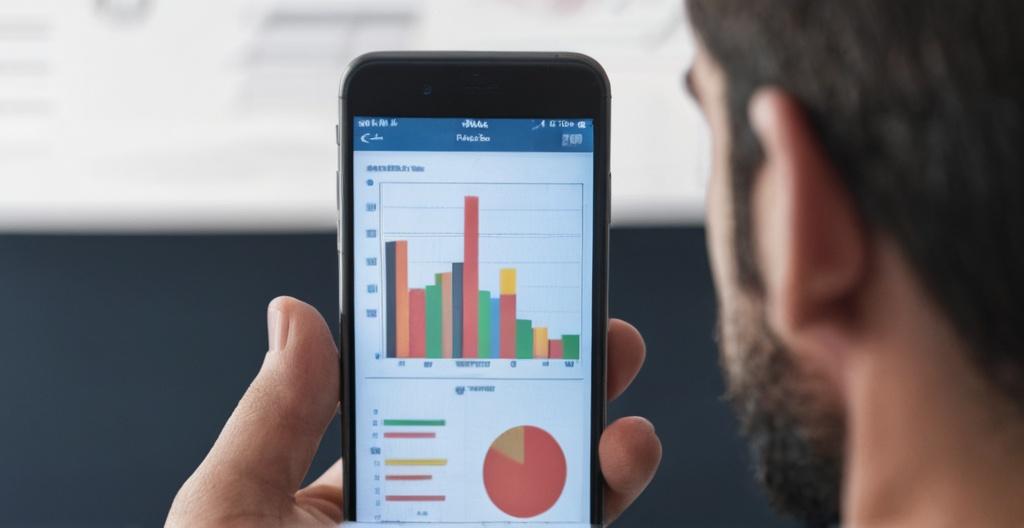Key Take Aways About Futures Trading
- Futures trading involves speculation and hedging, agreeing on asset prices today for future transactions.
- Standardized contracts simplify trading; they cover various assets like oil, corn, and Bitcoin.
- Leverage and margin requirements can amplify both potential profits and losses.
- Technical analysis, using tools like moving averages and Bollinger Bands, helps traders predict price movements.
- Risk management strategies such as stop-loss and limit orders protect trades.
- Speculators seek profit from price swings, while hedgers aim for stability to mitigate market risks.

Understanding Futures Contracts
Ever wonder why people bother with futures trading? It’s mostly about speculation and hedging. You’re making deals now for things that’ll happen later. It’s like betting on a horse race before you even see the horses. Futures contracts are agreements to buy or sell an asset at a future date for a price that’s decided today. Traders use them for all sorts of assets, from oil and corn to the ever-enigmatic Bitcoin. These contracts are standardized, meaning they have a set size and expiration date, which makes trading them less of a guessing game.
The Mechanics Behind Futures Trading
Dive into the nitty-gritty and you’ll see that futures trading is pretty straightforward. Say you’re a corn farmer worrying about next season’s prices. By selling a futures contract, you lock in today’s potentially better price for corn to be delivered months from now. It’s like selling your crops before they’re even sprouts. Buyers and sellers connect through futures exchanges, where the contracts are constantly traded. No middlemen, just you and me and thousands of others betting on the future.
Margin Requirements and Leverage
Trading futures ain’t for the faint-hearted. Unlike buying stock, you don’t need to pay the full contract value upfront. Instead, traders post a fraction of the contract’s value as margin, a bit like a security deposit in case things go south. The leverage in futures trading can amplify gains, but it can also turn a bad trade into a calamity. It’s the wild west, where fortunes are made and lost on a whisper of a price movement.
Analyzing Futures Trading with Technical Analysis
Charts, charts, and more charts. Futures traders live by them. Technical analysis is all about looking at past market data, primarily price and volume, and predicting future prices like some kind of stock market fortune teller. Common tools include moving averages, Bollinger Bands, and the much-heralded Fibonacci retracement. You see, traders believe that history repeats itself, and by studying past patterns, they hope to uncover the secrets of future price movements.
Moving Averages
A moving average is simply the average of a commodity’s closing prices over a specific time frame. It smooths out the noise, letting you see the forest for the trees, or in this case, the trend. A trader might look for a “crossover,” where a short-term average moves above a long-term average, as a signal to buy. It’s all about trying to get a jump on the competition.
Bollinger Bands
Named after its creator, John Bollinger, these bands are all about volatility. Imagine a line running above and below the moving average; these are your Bollinger Bands. They widen and narrow based on market volatility, giving traders cues about potential buy or sell signals. Like spotting a storm before it hits.
Risk Management in Futures Trading
Trading futures is risky business. Sure, there’s the lure of quick profits, but don’t forget the potential for swift losses. That’s where risk management kicks in. Traders use a variety of strategies to protect their investments, like stop-loss orders to cap losses and limit orders to control profits.
Stop-Loss Orders
Think of stop-loss orders as your safety net. They automatically sell a futures contract when it hits a certain price, saving you from steeper losses. It’s like having an emergency brake on your trading account.
Limit Orders
Want to sell when your profits hit a certain level? Limit orders let you do just that. They set a minimum price acceptable to the seller, making sure you don’t miss out on your targeted profit. You set the destination, and the trade takes care of the rest.
The Role of Speculators and Hedgers
Futures trading wouldn’t be what it is without speculators and hedgers. They’re the yin and yang of the market. Speculators are in it for the thrills and potential gains. Hedgers are the cautious types, using futures to manage risks.
Speculators
These are the folks who thrive on the highs and lows of the market. They buy and sell futures to capitalize on price movements. For them, it’s not about the commodity itself but the potential to profit from a price swing.
Hedgers
Hedgers are more about stability than profit. Like our hypothetical corn farmer, they use futures to lock in prices and insulate their businesses from market volatility. They worry less about the thrill of the chase and more about keeping their finances steady.
Conclusion: Riding the Wave of Futures Trading
Trading futures is like surfing: you ride the waves of price changes, sometimes gracefully, sometimes hand-over-tea-kettle. Whether you’re a risk-loving speculator or a hedger safeguarding your bottom line, futures trading offers a diverse playground. Just remember, while the potential for reward is high, so too is the risk. Keep your wits about you, do your homework, and maybe, just maybe, you’ll come out ahead.